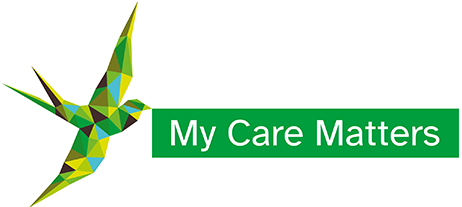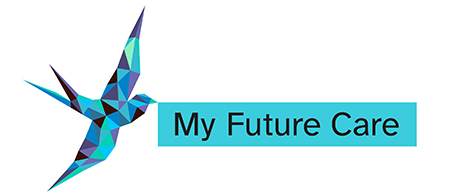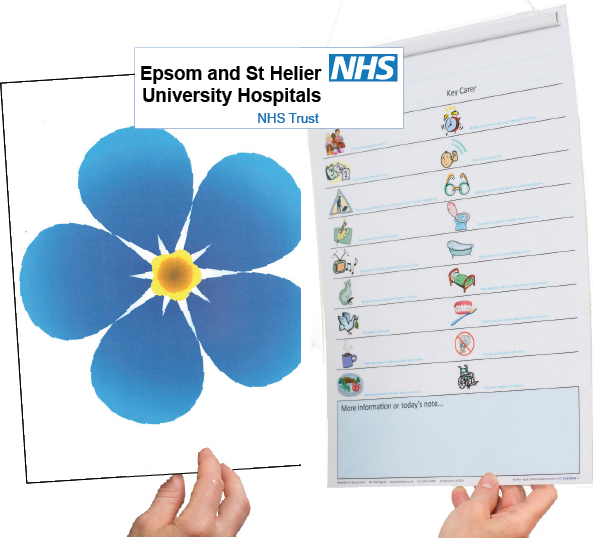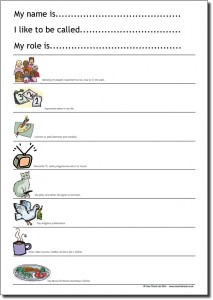No products in the basket.
Should a care home choose Mycarematters Care Charts or Profiles?
For those care homes looking to improve their person-centred care there are now two tools to help which appear, at first glance, to be doing the same thing: providing a quick at-a-glance view of a person’s needs and preferences in their room. Both systems ensure that all members of staff and visiting professionals interacting with a resident are quickly aware of the small things that can make a big difference. Both have won awards for the simple and effective way in which they assist delivery of person-centred care.
Where they differ is in how the information is collected and shared. The Care Charts have a laminated surface on which information can be written, wiped off and updated whenever required. Mycarematters profiles are created / updated online and printed out.
There are pros and cons for both systems, but the one significant advantage of Mycarematters Profiles is that they can easily be shared with other services. The simplest way is to supply a printout, but it is also quick and easy for anyone with the person’s name, date of birth and Mycarematters code to retrieve a person’s profile from online. So when a hospital phones to ask for information about one of your residents because the printout has gone missing, you can just provide the resident’s Mycarematters code and point hospital staff in the direction of the online facility.
There are other benefits offered by Mycarematters Profiles. There is space to add information about Advance Care Plans, DNARs, Power of Attorney for each resident and more, providing a central record of information that is quick and convenient to access when needed. You will be able to give family members access to their relative’s profile so they can view and contribute to the information held.
People like to work in different ways so what works best for one environment is not necessarily the best for another. It may be appropriate to use both: hang a laminated chart in your residents’ bedrooms for updating by hand, and create online profiles that can go with a resident in the event they need a stay in hospital.
Whichever method you choose, you’ll be helping your staff and others to better meet a person’s needs when they are unable to express those things for themselves: enabling everyone interacting with them to engage in meaningful conversation, to know their likes and dislikes, to make an emotional connection. It’s the least they deserve.
Contact us to chat through the options and special offers available.








